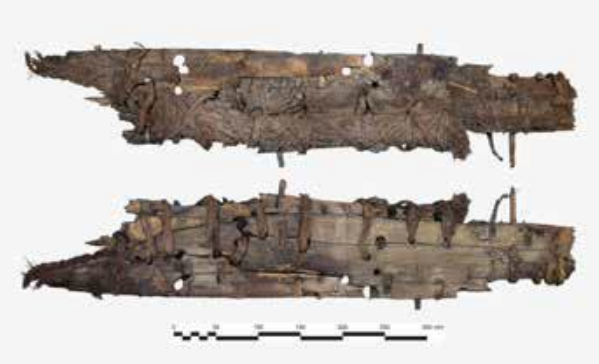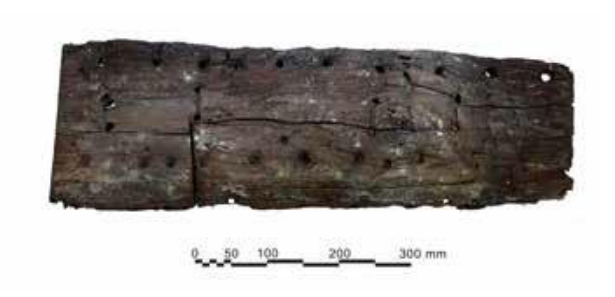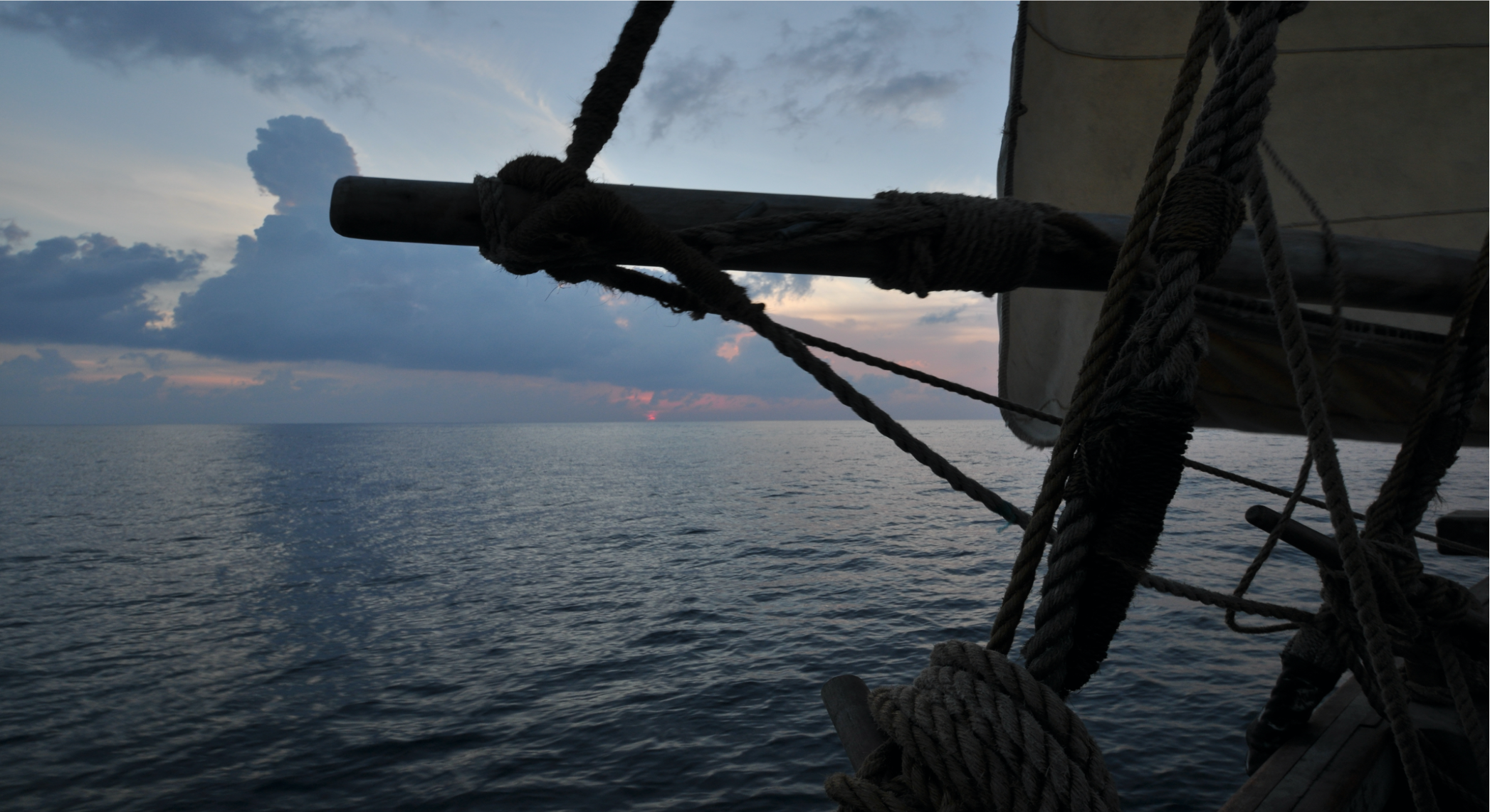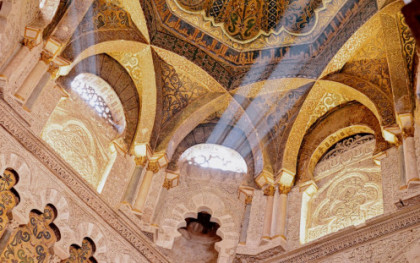The sewn-plank ships that sailed the Indian Ocean in the pre-modern Islamic period (622– 1500 CE) were agents of trade but were also instrumental in spreading religion and culture. They connected the Indian Ocean and the Islamic coastal communities in significant ways, carrying goods, people and ideas back and forth from East Africa to China. Yet relatively little is known about them. Historians, geographers, missionaries, pilgrims, traders and explorers who ventured the Indian Ocean during this period were intrigued by these ships but, unfortunately, their curiosity was not passionate enough to provide detailed descriptions; they rarely go beyond the simple statement that they were fastened with ropes. Iconographic evidence is also rather sparse, with only a handful of images such as those in the Maqamat alHariri.
To date, archaeological work related to sewn boats has provided minimal data, with just two shipwrecks discovered and partially excavated in Southeast Asia, and a few ships’ remains from the Red Sea. One of the most exciting and relevant pieces of evidence that has received little attention is the remains of sewn-ship planks from the site of Al Baleed (10th – 18th centuries CE) in southern Oman. These timbers were discovered in the walls of buildings where they were re-used as structural components. Dated to the 10th – 15th centuries CE, they provide a wealth of information regarding sewing techniques and ship construction during this period. Although the first timbers discovered in 2006 have been previously studied and published, much more work is required due to the recent discovery of considerably more planks at the archaeological sites of Al Baleed and Qalhat in the Sultanate of Oman. The Al Baleed timbers show a variety of techniques and materials used in the construction of sewn vessels; the planks display the traits of the western Indian Ocean sewnplank tradition of continuous stitching through holes drilled along their edges. Some timbers retain preserved portions of stitching, allowing the identification of different sewing patterns.
The planks display a wide range of thicknesses and widths, which assist in estimating the approximate size of vessels and their function. Other construction elements, such as dowels, plugs, frame lashings and luting substances, including bitumen and resin, are also visible and offer hints as to the variety of construction techniques and materials employed.

The stitching, wadding pad, dowels and a scarf joint are displayed on the inner and outer face of a plank (BA0604128.73) from Al Baleed.

Plank Wo54 showing stitching holes regularly spaced along its edge and frame lashings holes drilled in the centre.
The study of this evidence, which is supported by the Office of H.E the Adviser to H.M the Sultan for Cultural Affairs of Oman, forms the core of my PhD research. The project aims to deepen our knowledge of sewn-boat technology in the Indian Ocean during the Islamic era by undertaking a technical analysis of these timbers within a comparative context. The methodology consists of studying these pieces from a material perspective, by analysing the technical details of each plank and through identifying their material composition. The data will also be compared to the broader textual, iconographic, ethnographic, archaeological and experimental archaeological evidence from the western Indian Ocean maritime world. Collectively, this will contextualise these timbers within the broader material networks in the Indian Ocean during the pre-modern Islamic period.
The BFSA Small Research Grant has kindly supported this project by funding the radiocarbon dating and identification of wood species on the most significant timbers of the collection. These analyses are crucial to answering the questions of my research regarding the materials employed and technological development in the building of these watercraft. The travel accounts of Europeans and Arabs from the Mediterranean world, who provided descriptions of the maritime traditions, culture and technology of the region, have promoted a view of Indian Ocean vessels as immutable in terms of shape, technique, materials and technology, until the arrival of the Portuguese in 16th century. A preliminary study of the evidence from Al Baleed indicates a variety of techniques over an extensive period of time — over 500 years. The dating of the timbers provides the opportunity for a comparative chronological analysis of these remains, which can help to determine possible changes in sewn-plank construction in the western Indian Ocean over time. Moreover, it also offers a further opportunity to understand the chronological phases of the buildings of Al Baleed into which the timbers were incorporated.

The majority of the timbers have rebates carved between the stitching holes and the edge on the former outer side of the plank, as illustrated by plank Wo68. They served the purpose of accommodating the stitching ropes and protecting them from chafing.

One of the longest planks of the collection of timbers from Al Baleed (Wo86), showing holes regularly spaced along the edge and a scarf joint.
Species identification analysis could yield crucial information about the wood used to build these vessels, which is limited in historical sources. It may also indicate the geographical origin of the timber and thus help speculation about where these vessels were built or repaired, and whether there is a correlation between the material used and a particular stitching technique. Overall, analysis may provide hints into the broader material trade network and maritime relationships of the Indian Ocean during this period.




